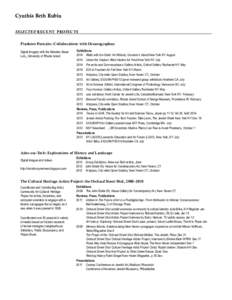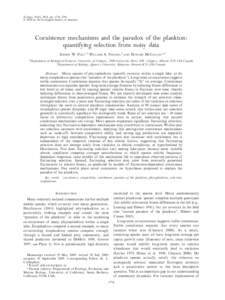 Date: 2011-05-06 07:41:51Aquatic ecology Biology Amoeboids Rhizaria Seymour Island Plankton Foraminifera Antarctica Cretaceous Physical geography Biological oceanography Planktology | |  semblages will provide a broad view of the prevailing paleoclimatic conditions. The Cretaceous cryptogam (ferns and lower plants) spores of Seymour Island (Askin in preparation) include an overwhelming abundance of Stere semblages will provide a broad view of the prevailing paleoclimatic conditions. The Cretaceous cryptogam (ferns and lower plants) spores of Seymour Island (Askin in preparation) include an overwhelming abundance of Stere
Add to Reading ListSource URL: s3.amazonaws.comDownload Document from Source Website File Size: 2,78 MBShare Document on Facebook
|

 semblages will provide a broad view of the prevailing paleoclimatic conditions. The Cretaceous cryptogam (ferns and lower plants) spores of Seymour Island (Askin in preparation) include an overwhelming abundance of Stere
semblages will provide a broad view of the prevailing paleoclimatic conditions. The Cretaceous cryptogam (ferns and lower plants) spores of Seymour Island (Askin in preparation) include an overwhelming abundance of Stere

